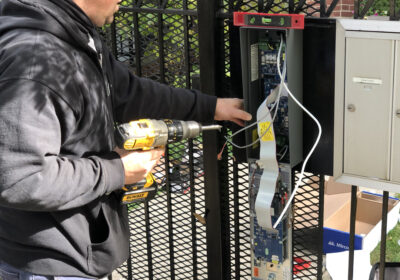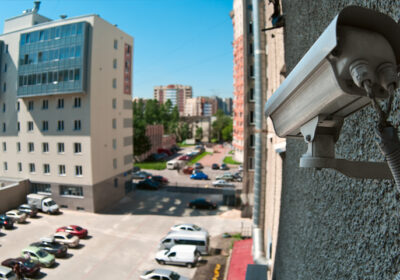Intercoms are an integral aspect of any working access control infrastructure, and in 2021, there’s a massive variety of intercom brands, makes, and models available on the market today. This … Continue reading
All posts by admin
While the mainstays of successful commercial security are high-quality deadbolt locks and access control systems, there’s many other factors that affect the security of your business or commercial property. In … Continue reading
Here at Chicago Locksmith, we take pride in our ability to deliver custom tailored physical security solutions to our broad range of residential and commercial clients. One fantastic way to … Continue reading
There’s a range of lock based security factors that property managers should pay attention to. In this blog entry, the security experts here at Chicago Locksmith will detail some vital … Continue reading
Commercial door lock installation and repair are some of the main services that we, the expert locksmith team here at SOS Locksmith, specialize in. Every properly run commercial entity takes … Continue reading
Mobile access control systems can be a major boon to commercial properties. The advanced technology offers premiere levels of controllable security and access control convenience, bolstering the operation of your … Continue reading
When you require high quality locksmith service, especially in an emergency, it’s essential that you verify that the locksmith that’s providing you service is professionally qualified. Here at Chicago Locksmiths, … Continue reading
When looking to protect your residential or commercial property from forced entry and other security risks, the best place to start is with a strong and solid lock. However, many … Continue reading
There are many scenarios – both common and rare – in which contacting a licensed locksmith is absolutely essential to ensuring the safety and security of your Chicago residential or … Continue reading
There’s a few important variables to improving the security at your Chicago commercial property that remain distinct from the steps to protect homes. In this informative blog post, the commercial … Continue reading










